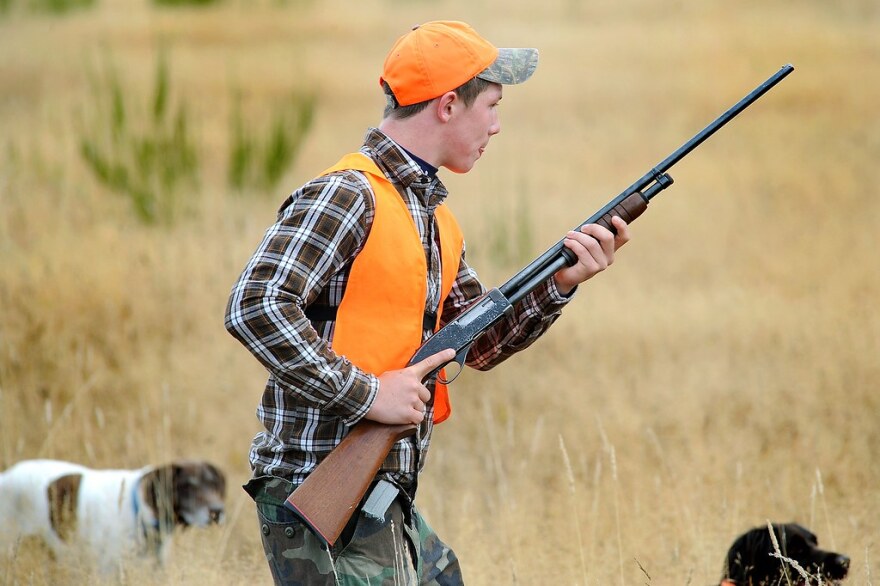The Wyoming Game & Fish Department (WGFD) is urging hunters to make this hunting season a safe one by offering some tips on firearm safety as well as how to deal with injuries sustained in the outdoors and how to hunt in bear territory.
“Our most common occurrence of hunting related incidents in Wyoming usually involves a firearm in a vehicle,” said Breanna Ball, public information officer with the WGFD. “We see these occurrences when people are either loading firearms in or out of the vehicle or riding on the vehicle and accidentally bumping that trigger.”
Ball said driving with a loaded gun isn’t illegal in Wyoming, though it isn’t the safest practice. The WGFD advises hunters that they don’t have a round in the chamber to guard against accidental discharges.
“The second most common occurrence we see involves obstacle crossing with a firearm in hand, and so there are four key elements that we recommend to hunters to be safe while hunting and that's that acronym TABK, which is to (T)reat every firearm as if it's loaded,” she said. “(A)lways put your muzzle in a safe direction, (B)e sure of your target and what's beyond it and (K)eep your finger off the trigger until you are ready to shoot.”
It’s important to understand how a particular firearm(s) that will be used for hunting are operated before using them in the field.
Non-firearm related incidents are also something to be aware of.
Hunting season for big game animals begins in the fall, often in October. However, an archery-only season for antelope and elk is currently in progress. Archery-only hunters aren’t required to wear bright pink or orange, though state law mandates wearing orange for hunters that are hunting in the open regular season regardless of what they’re hunting with, Ball added.
Though human contact with grizzly bears is rare, hunting in grizzly bear territory also presents its own set of safety issues. Ball said this is particularly true in northwest Wyoming where hunters could encounter bears in the Greater Yellowstone Ecosystem. WGFD recommends hunting with a partner in these areas and staying within sight of one another and to be aware of bear activity.
“A good tip I like to recommend to hunters is to remain alert and also to learn to recognize their signs such as scat tracks and diggings,” Ball said. “When it comes to retrieving that big game and hanging it, you want [to hang the carcass] in a tree at least 10 to 15 feet above the ground and four feet away from the tree trunk…When we are going to retrieve big game…you do want to make noise when retrieving game that helps kind of push out animals from that area.”
The WGFD also recommends letting others know about where you will be hunting and the date of expected return. They also suggest packing more equipment than what they think will be enough. This includes additional clothing, food, and water to guard against hypothermia and dehydration.
So far, mentored hunts have taken place that are aimed at youth, women, and first-time hunters to harvest elk. These occur on private land where issues with elk damage have been noted. Deer hunting often picks up in October, though the number of licenses for both deer and antelope have been reduced significantly this year due to the harsh winter. Ball expects a decrease in the number of non-resident hunters due to this.



